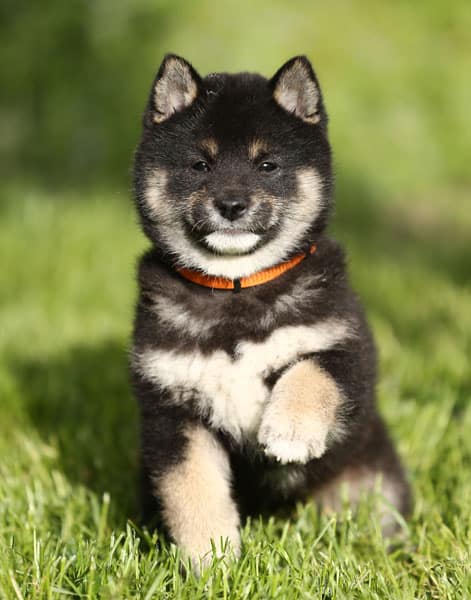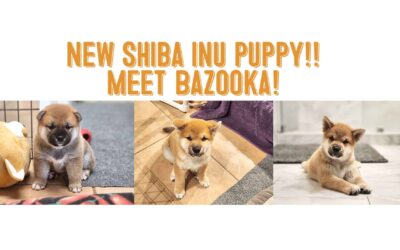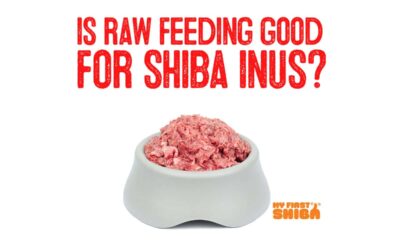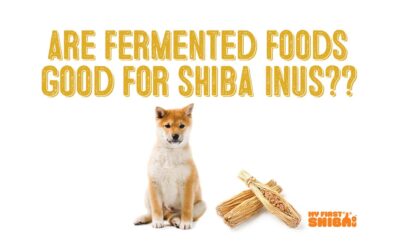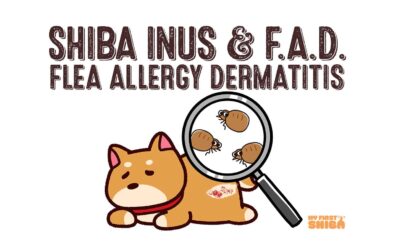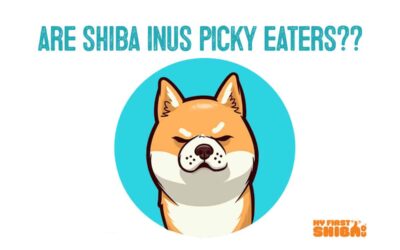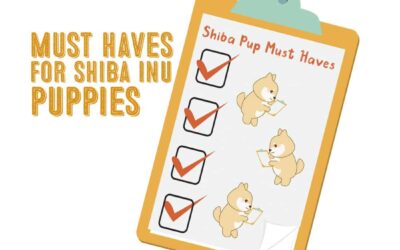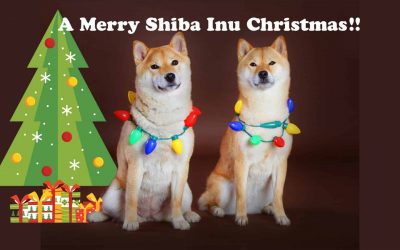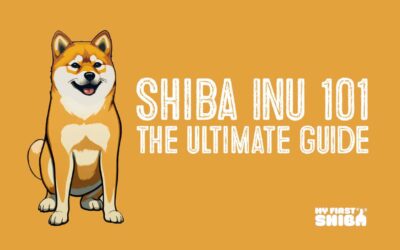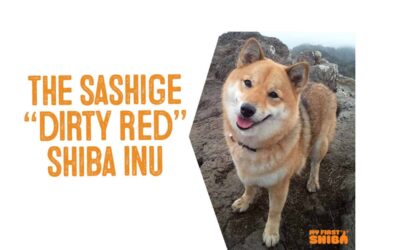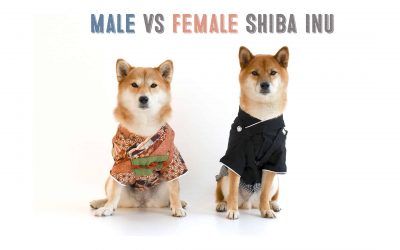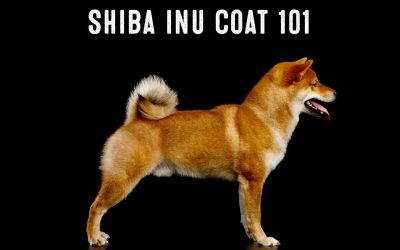The Black And Tan Shiba Inu
The black and tan colored Shiba Inu is one of the four coat colors of the Shiba Inu dog breed. The other Shiba Inu colors are the red, sesame, and cream. The red Shiba Inu is the preferred and most popular Shiba color, while the cream colored Shiba Inu is seen as a faulted color because the dog’s urajiro cannot be seen.
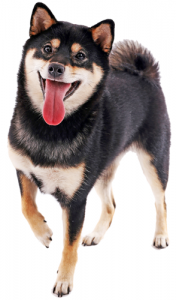
The Origins Of The Black and Tan Shiba Inu
The present day black and tan Shiba Inu is a product of selective breeding of three different strains of Shibas in the early 20th century. A variety of factors at that time including war, disease, and the introduction of western dogs into Japan caused the numbers of pure Japanese dogs to dwindle down to near extinction in certain lines.
After the war, breeding programs were established and three different Shiba type dogs – San-In, Mino, and Shinshu were bred together to form the Shiba Inu we know today.
Black And Tan Shiba Inu Coat Standards
The coats of all Shiba Inus are double coated with a stiff and straight outer layer and a soft and plush undercoat. A black and tan Shiba inu has actually a tri-colored coat with a dull, rusty black base, tan points, and a white urajiro area. A complete black and tan coat color spectrum would start at white to cream, tan to buff red, and dull rusty black.
In fact one individual strand of black hair coming from a black and tan Shiba back should contain all three colors starting from light cream, to tan red, and ending with a rusty black tip.
The black and tan Shiba Inu should have distinct and vibrant coloring. The black hairs should have bronze cast while the undercoat can be either buff or gray.
A black and tan Shiba Inu should be a very high contrast colored dog with distinct and defined black and tan markings. The tan markings should only occur between black and white areas restricted to the eye spots, cheeks, inside of ears, legs and tail. For a more intricate and detailed explanation of Shiba Inu standards and coloring click here.
The urajiro marking of a black and tan Shiba Inu should be the same as the other colored Shiba Inus. What makes the urajiro especially interesting on a black and tan Shiba inu is the fact that it takes the appearance of a white bow tie.
Black and Tan Shiba Inu with famous “bow tie”
Black and tan Shiba Inu puppies tend to appear darker and have more contrast than adults – especially in the face. As the puppy matures, the urajiro will lighten as well as the contrast of coat colorings.
A Shiba Inu Is More Than It’s Color
While the red Shiba Inu is by far the most popular color due to it’s resemblance to a fox, remember that in the end, all Shiba Inus are Shiba Inus. When deciding on choosing a Shiba Inu, consider how much weight you are willing to put on appearance versus other important characteristics such as temperament and character.
In contrast to the sly, and foxy look of the red Shiba Inu, the black and tan Shiba Inu takes on more of cuddly teddy bear look. Many who are unfamiliar with the Shiba Inu breed may mistake a black and tan Shiba Inu as a Husky due to the similarity in markings.
 Adorable Round Eye Brows
Adorable Round Eye Brows
Black and tan Shiba Inus have the most adorable round eye “brows”. These rounded eyebrows serve almost as exclamation points of cuteness on an already adorable dog.
Myths and Silly Superstitions Regarding Black Dogs
Did you know that just like black cats, black dogs also suffer in popularity due to myths, stigmas, and superstitions? Different cultures from Asia to Europe have various superstitions regarding black dogs that unfortunately have a negative effect on their likability and thus their adoptability in places all around the world.
In fact, according to animal rescue professionals, black dogs and cats take the longest to get adopted and are more often euthanized than non black animals. There are various other factors besides superstitions as is to why black animals are less popular than their lighter counterparts.

Fortunately, due to the black and tan Shiba Inu’s beautiful markings and the recent popularity of Shiba Inus in general – they do not seem to have as much issues as other more “common” black dogs face.
However, this information should be helpful for you to keep in mind when deciding on rescuing or welcoming a Shiba Inu into your home in the future.
As animal lovers and advocates, we need to raise more awareness to the fact that black dogs and cats deserve to be loved just as much as their peers. We should not let silly myths, superstitions, and ignorance penalize animals simply for the color of their coat.
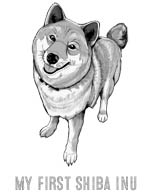
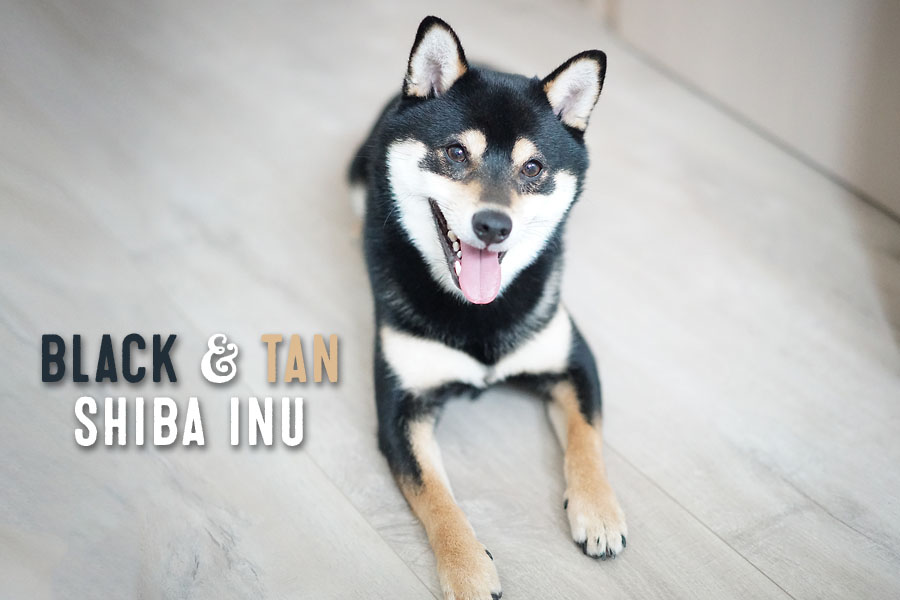
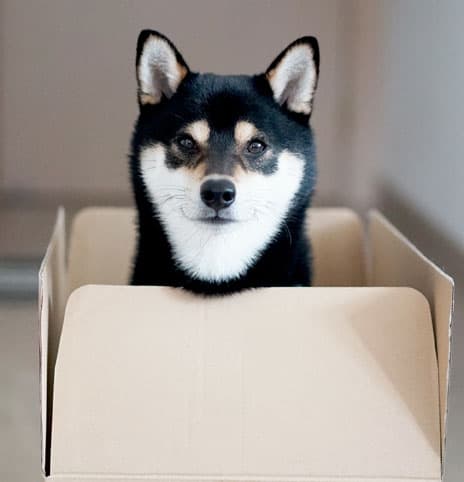
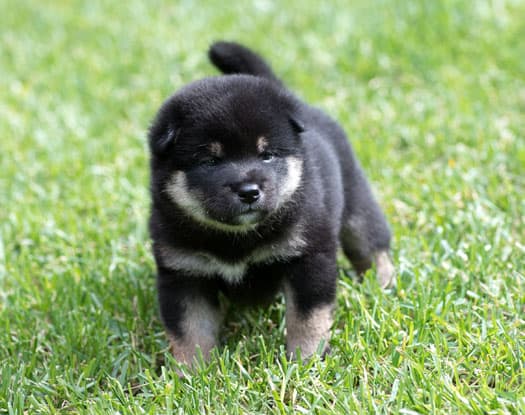

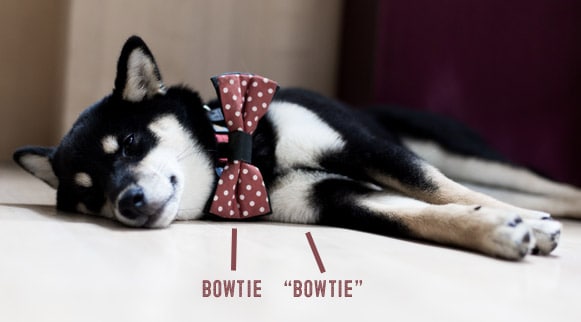
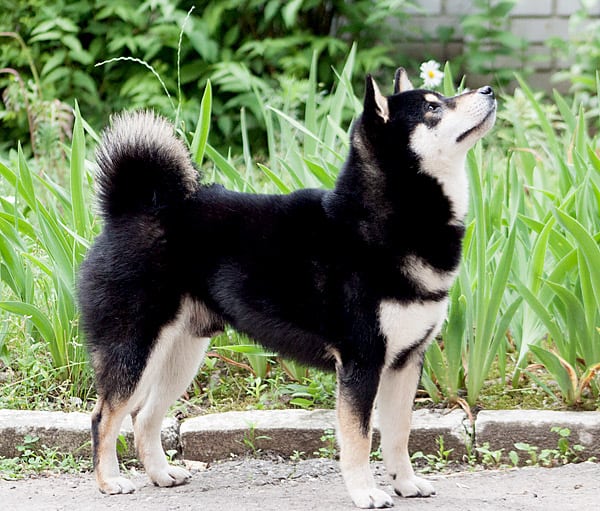
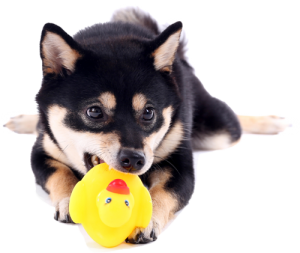 Adorable Round Eye Brows
Adorable Round Eye Brows